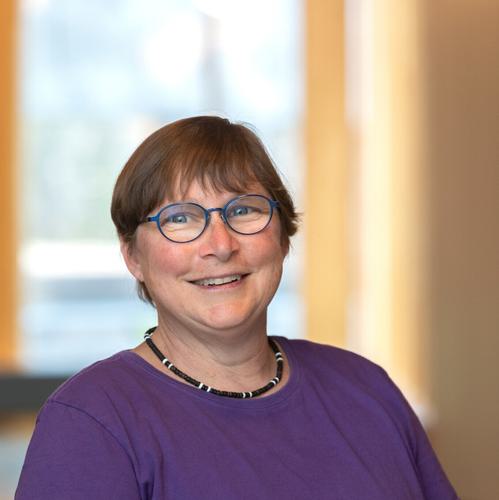
Kim McLeod
Louise Sherwood McDowell and Sarah Frances Whiting Professor in Astrophysics & Professor of Astronomy
Interested in youth of all kinds: distant galaxies, the smallest young stars in our Milky Way, exoplanets that may harbor nascent life, and currently young humans.
My scholarly work as an observational astronomer has ranged widely across space during my career: I have used infrared telescopes on mountaintops all over the world and in space to help uncover a fundamental relationship between powerful black-hole fueled quasars and their host galaxies: the bigger the galaxy, the more massive the black hole can grow. I have applied similar analysis techniques to probe Hubble Space Telescope images of young stars and brown dwarfs in our own Milky Way galaxy: I have helped to discover a protoplanetary disk around one, and possible giant planets around others. I have used the demographics of Near-Earth Asteroids to help chart a path to characterizing them. Now, my students and I are using our own 0.7m-diameter campus to help discover exoplanets as follow-up partners to NASA's Transiting Exoplanet Survey Satellite (TESS) mission.
My favorite course to teach has always been introductory astronomy, where students learn the truth of that old adage “Astronomy is just physics in de-skies.” Each Fall I also love to teach our course ASTR 206 where any student -- not just astrophysics majors -- can learn to use the 0.7m telescope to carry out their own start-to-finish projects. Term projects might include measuring the passage of an extrasolar planet in front of its own sun, finding the age of a star cluster, or analyzing the light profile of a distant galaxy.
Despite having observed on the world’s most sophisticated telescopes, my favorite to use is Wellesley’s own beautiful 19th century 12" refractor. Over the years I've delighted in sharing its views with each new crop of students and with thousands of people via a whole suite of outreach activities. For decades I have also volunteered the area public schools, developing their astronomy curricula, providing teacher science training, running star parties, judging science fairs, and doing classroom visits.
When I’m not in my office I can be found spending happy times with my husband and two (now fully grown but still joyous) kids, preferably in activities involving (all of!) fresh air, making music, and exercise.
Education
- B.A., Cornell University
- Ph.D., University of Arizona